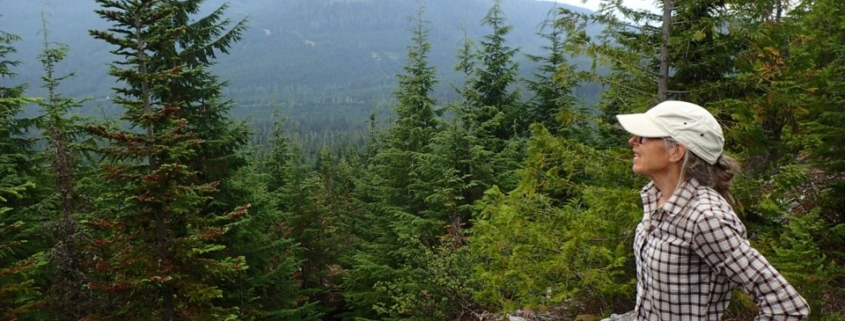Wildfire Mitigation Collaboration
Dr. Rhonda Millikin has been researching the effects of thinning second growth forests on wildfire behaviour and published a paper with her results. In her article, which is published online by MDPI, an open-access publishing platform, Millikin and her co-authors say their research showed forested areas that undergo fuel-thinning see microclimate variables change in the direction of an increase in wildfire potential, with more solar radiation reaching the forest floor, increased ambient temperature, and higher wind speeds. Combined with decreases in relative humidity, soil moisture, and snow depth and cover in spring conditions, fuel-thinning is increasing wildfire potential.
Other research, for example by Dr. Lori Daniels, UBC Koerner Chair Wildfire Co-Existence, does not come to the same conclusion. Dr. Daniels shared her research and conclusions at the December 3, 2024 CCF Information Session held at the Squamish Lil’wat Cultural Centre. Her research shows proactive fuel treatments reduce the chance of crown fire by half, increasing forest resilience in the wildland urban interface of Whistler.
The CCF wants to understand the situation better so will continue to work with scientists including Dr. Millikin to provide answers to the questions raised. The CCF will explore options for learning more about the effects of green fuel breaks in reducing wildfire behaviour in the CCF tenure area. While Dr. Millikin is also interested in researching how sprinklers on houses could reduce wildfire impacts, the CCF can’t be part of that work as it is on private properties. In the meantime, the CCF will continue its plans to thin identified high risk second-growth forests to reduce wildfire behaviour.



